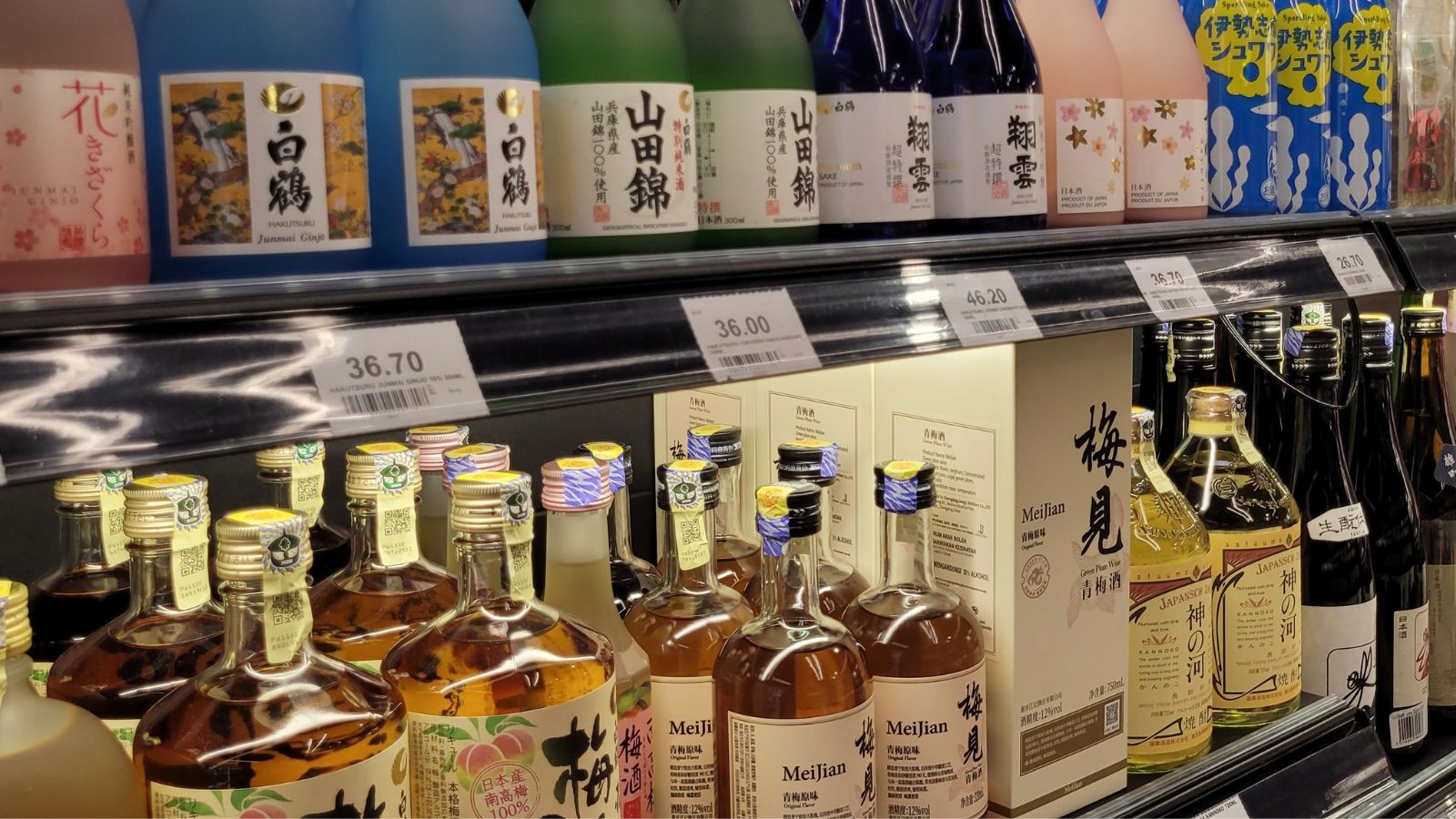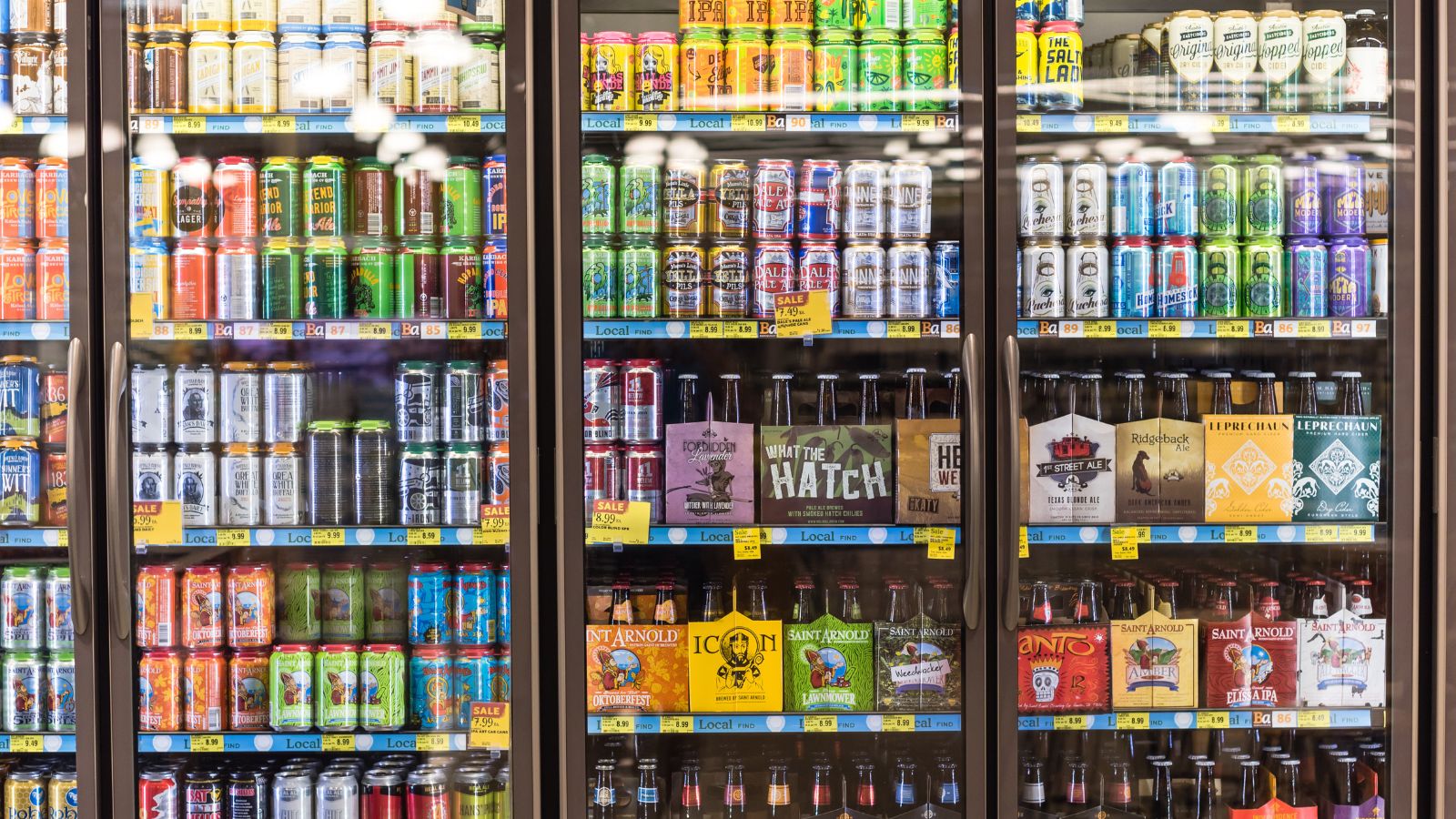Imagine walking into your favorite grocery store and noticing that your usual cheese, your go-to brand of peanut butter, or even a bottle of wine has suddenly become more expensive. You check the label, and it’s a product from the U.S. What’s happening?
If you’ve felt like everyday items cost more lately, you’re not imagining things. The reason? U.S. trade tariffs. These tariffs—taxes placed on goods imported from Canada into the U.S.—set off a domino effect that ultimately pushes up prices in Canada, even though they start south of the border.
At first glance, tariffs might seem like a distant issue, affecting only large corporations and government officials negotiating trade deals. But the truth is, they hit you—the everyday consumer—right where it hurts: your wallet. Let’s break down 22 surprising ways these U.S. trade policies quietly make life more expensive for Canadians.
Increased Costs for Imported Raw Materials

Many Canadian manufacturers rely on imported raw materials to produce finished goods. U.S. tariffs increase the cost of these inputs, particularly when companies must source materials from the United States. When raw material costs rise, manufacturers face pressure to either absorb the cost—which can squeeze profit margins—or pass these costs on to the consumer. The latter scenario leads directly to higher prices for products ranging from processed foods to consumer electronics.
The Rising Cost of Raw Materials

Canadian businesses rely heavily on materials like steel, aluminum, and chemicals from the U.S. However, tariffs on these raw materials force companies to pay more, and they pass the cost to consumers. Whether it’s furniture, a new car, or even home renovations, you’ll pay extra.
Disrupted Supply Chains = Delays + Price Hikes

North American supply chains have grown highly integrated over the past several decades. U.S. tariffs, however, disrupt the seamless flow of components and parts across borders. For instance, an automobile assembled in Canada might incorporate parts manufactured in the U.S. and China. When tariffs are imposed on any segment of this supply chain, delays and increased shipping costs arise, forcing manufacturers to adjust production schedules and increase prices. This disruption is not limited to high-tech industries; it affects virtually every sector that depends on cross-border logistics.
Reduced Export Revenues and Economies of Scale

Tariffs imposed on Canadian exports, such as lumber or dairy products, can reduce Canadian producers’ revenues. Lower export earnings often mean that producers must operate at reduced scales. A loss of economies of scale can raise the per-unit cost of production, as fixed costs are spread over a smaller output. When production becomes less efficient, domestic prices naturally rise. Thus, even though the tariffs are externally focused, the knock-on effects create upward pressure on prices within Canada.
Broad Inflationary Pressures

Trade conflicts tend to generate overall uncertainty in the market. This uncertainty disrupts economic planning and investment, contributing to a generalized inflationary environment. Inflation accelerates when businesses face higher costs and consumers anticipate rising prices. In Canada, where many everyday goods and services are tied to imported components, these inflationary pressures are felt across sectors—from groceries to durable goods.
Higher Energy Costs

Even when energy products face a lower tariff rate—such as the 10 percent tariff imposed on Canadian crude oil—the overall trade tensions can destabilize energy markets. Changes in trade flows, supply disruptions, or shifts in investment patterns in the energy sector can lead to higher prices at the pump. Given that energy is a core input for most industries, even small increases in energy costs can have ripple effects throughout the economy.
Automotive Price Hikes

The automotive sector in North America is a textbook example of integrated supply chains. Modern vehicles are rarely built entirely in one country; parts often cross borders multiple times. U.S. tariffs on automotive components increase production costs for Canadian assembly plants. As these plants face higher costs for imported parts, the final price of vehicles increases. Consumers ultimately pay more for cars, which can dampen demand and slow economic growth in the sector.
Food Price Increases

Food processing in Canada sometimes relies on imported inputs, including certain agricultural products or specialized ingredients from the United States. When tariffs raise the price of these inputs, processors see higher costs that must be reflected in the price of the final product. For example, higher tariffs on U.S. agricultural imports can increase prices for processed foods and beverages in Canadian supermarkets, directly affecting the cost of living.
Higher Consumer Electronics Prices

Consumer electronics represent another sector where tariffs have a pronounced impact. Many components—sourced from the U.S. or assembled with parts from China—face increased costs under the new tariff regime. The resulting rise in production costs forces manufacturers to charge more for finished products such as smartphones, laptops, and televisions. Given the high level of competition in the electronics market, even small price increases can significantly impact consumer spending.
Increased Costs in the Construction Sector

The construction industry is highly sensitive to the price of imported materials such as steel and lumber. U.S. tariffs on these building materials can force Canadian contractors to source more expensive alternatives or pay a premium for imports. These increased input costs directly translate into higher prices for housing, infrastructure projects, and commercial construction, affecting residential and business customers.
Rising Apparel and Textile Costs

Tariffs are not confined to industrial goods; they also affect consumer products like clothing and textiles. When U.S. textiles or clothing components face higher tariffs, Canadian apparel manufacturers and importers must deal with increased costs. This, in turn, pushes up the retail prices of clothing. As consumers become more price-sensitive, the competitiveness of domestic and international brands is challenged, altering market dynamics.
Expensive Machinery = More Expensive Products

For Canadian businesses, machinery and industrial equipment are vital investments that drive productivity. However, many such products are directly imported from the U.S. or rely on manufactured components. Tariffs increase the cost of these capital goods, making them more expensive for Canadian companies. Over time, these higher costs can be passed along to consumers through higher prices for goods produced with the more expensive machinery.
Currency Exchange and Value Shifts

Trade tensions and tariff disputes often have a significant impact on currency markets. A tariff-induced decline in cross-border trade can cause shifts in the relative value of the Canadian dollar compared to the U.S. dollar. A weaker Canadian dollar, for instance, makes U.S. imports even more expensive for Canadians, while a stronger dollar may have mixed effects on domestic prices. The volatility in exchange rates adds another layer of cost uncertainty that businesses must navigate, often with higher prices.
Less Competition, Higher Prices

Tariffs reduce the volume and variety of imported goods in a market. When U.S. products become more expensive due to tariffs, Canadian consumers may have fewer choices. With reduced competition, domestic firms may feel less pressure to keep prices low. This reduction in competitive pressures can lead to higher prices in the long run, affecting a broad range of consumer goods.
Retailers Are Passing Costs to You

Retailers operate on thin margins and are particularly vulnerable to changes in input costs. When tariffs increase the cost of imported goods, retailers decide whether to absorb or pass the cost on to consumers. In most cases, especially in a competitive market, the higher costs are transferred to the customer. Over time, this leads to a steady increase in the retail prices of everyday items—from household appliances to personal care products.
Elevated Prices for Imported Luxury Goods

Luxury items, including high-end electronics, designer clothing, and premium automobiles, often involve a complex supply chain with significant cross-border inputs. Tariffs on these components add to the already high production costs, thereby driving up the final price tag of luxury goods. As these products become more expensive, they lose some of their competitive appeal in the global marketplace, potentially impacting Canada’s luxury retail sector.
Increased Transportation and Logistics Costs

U.S. tariffs often lead to increased bureaucracy and longer wait times at border crossings. These delays force companies to re-evaluate their logistics strategies, sometimes opting for alternative routes or more expensive transportation modes. The increased costs in transportation and logistics add to the overall cost of importing goods, and these additional expenses are inevitably passed along to Canadian consumers in the form of higher prices.
Spillover Effects in Service Sectors

It is not just tangible goods that feel the effects of tariffs; service sectors, particularly those related to logistics, finance, and customs brokerage, also see rising costs. As companies adjust to tariff-induced challenges, service providers raise fees to cover the additional operational expenses. These increased service costs eventually feed back into the prices of final goods, further exacerbating inflationary pressures across the board.
Higher Prices for Imported Alcohol and Beverages

In some Canadian provinces, tariff-induced tensions have led to specific measures such as the stoppage of U.S. alcohol sales. Even when not completely banned, products like U.S.-produced wines, beers, and spirits face higher import costs due to tariffs and the subsequent retaliatory measures. As these products become scarcer and more expensive, consumers are forced to pay a premium for their favorite beverages, compounded by the limited availability.
Agricultural Sector Challenges

The agricultural sector in Canada is closely tied to U.S. markets—not only as a source of imported machinery and supplies but also as a key export destination. When tariffs are imposed on U.S. agricultural products that Canadian processors depend on, the increased cost of these inputs raises production expenses. Consequently, farmers and food producers may be compelled to charge more for their goods, directly impacting food prices at the consumer level.
Elevated Costs for Office and Industrial Supplies

Every business depends on various imported supplies, from office equipment and furniture to industrial tools. Tariffs on these items lead to increased company procurement costs, which are passed on to customers. Whether through higher prices for goods or increased service charges, the cumulative effect is a noticeable rise in everyday business expenses, affecting overall economic competitiveness in Canada.
General Rise in Inflation

Ultimately, the above factors contribute to a broader, economy-wide inflationary trend. When tariffs increase costs across multiple sectors—manufacturing, retail, transportation, and services—the cumulative impact is a steady rise in the general price level.
Conclusion

Each of the 22 ways outlined above contributes to a gradual but persistent price increase for Canadian consumers and businesses. Whether through increased costs for imported raw materials or the broader inflationary pressures that result from tariff-induced uncertainty, the hidden economic cost of these trade policies is clear. In an era of increasingly integrated global supply chains, the decisions made by policymakers in one country can quickly and quietly reshape the economic landscape of their neighbors.
As Canadian consumers face higher prices at the checkout and domestic manufacturers grapple with the challenge of absorbing rising costs, it becomes evident that the impact of U.S. tariffs extends well beyond the immediate realm of international trade. Instead, these policies have become a significant driver of domestic inflation and economic change—a stark reminder that protectionist measures rarely come without a price in our interconnected world.
25 Countries Predicted to Become Economic Superpowers in the Next 20 Years

The strength of an economy plays a crucial role in various international policies about trade and relations. Certain factors determine the strength of an economy, including population growth, availability of resources, and development and advancement. Here are 25 countries predicted to become economic superpowers in the next 20 years
25 Countries Predicted to Become Economic Superpowers in the Next 20 Years
